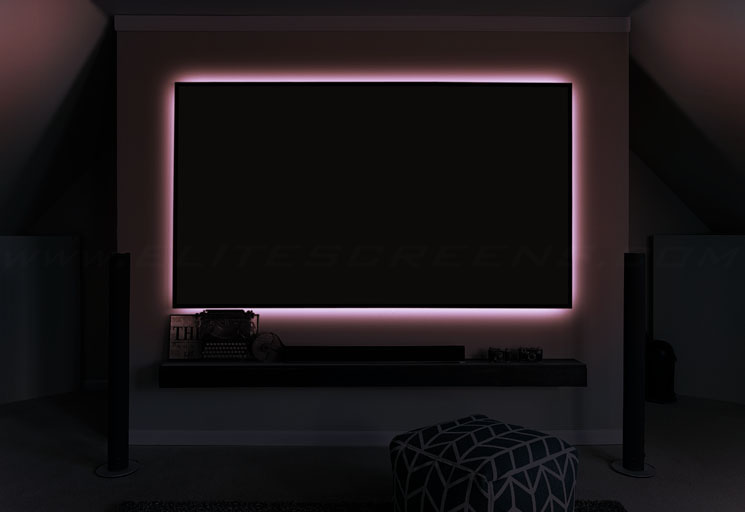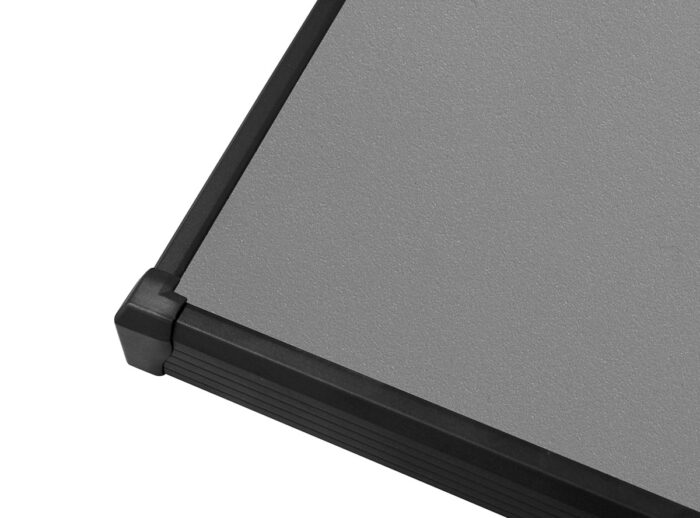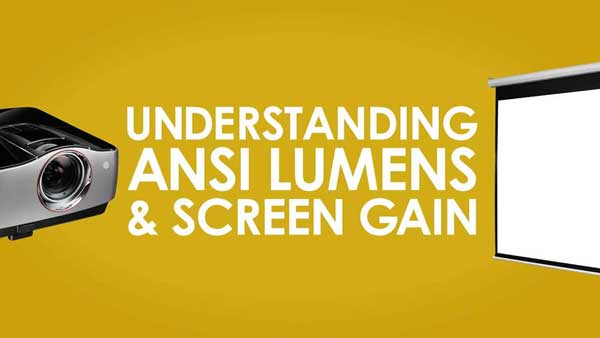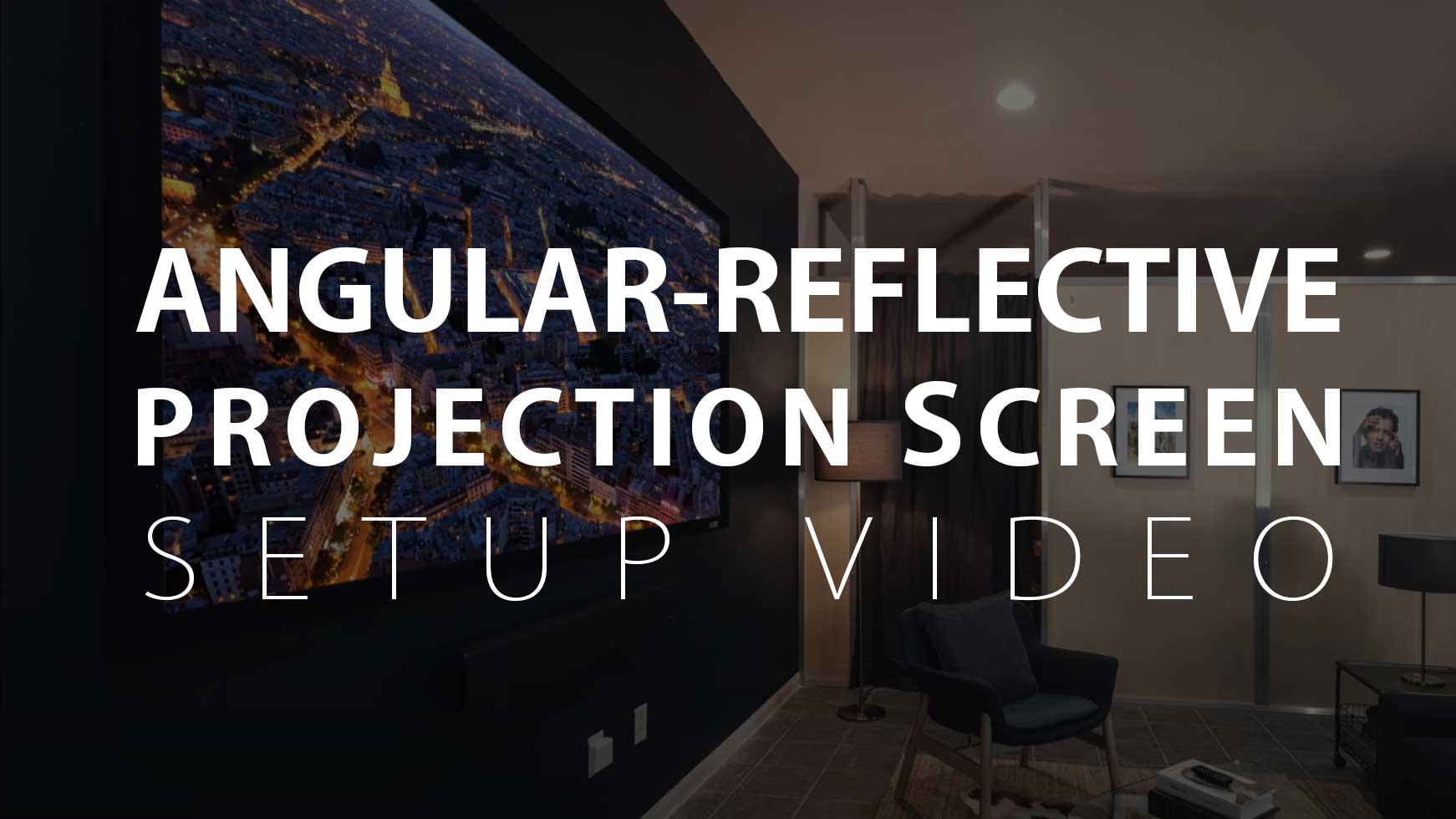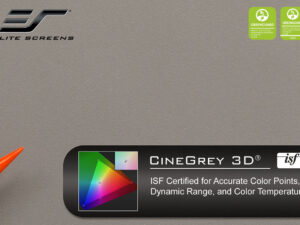Ambient Light Rejecting EDGE FREE® Projection Screen
Aeon CineGrey 3D® Series
CineGrey 3D® is a reference quality front projection screen material formulated for environments with minimal control over room lighting. It was designed to enhance picture brightness, offer accurate color fidelity, and improve contrast levels. The CineGrey 3D® is best for family rooms, educational facilities, conference rooms or any applications in which incident light is a factor. Typical matte white surfaces wash out the images when ambient light cannot be controlled. The CineGrey 3D® is the best choice for having a projected image with a balanced color temperature and contrast under such conditions.
It provides a flat spectral response for an accurate color balance in dark room environments as well for reference quality applications. The CineGrey 3D® is ready for the next-generation of high-performance video.

| Viewing Angle | 90° |
|---|---|
| Gain | 1.2 |
| Screen Material | |
| Compatible Projection | Standard "Long" Throw |
| Material Type | Ambient Light Rejecting (ALR/CLR®), Silver & Grey |
Screen Material
- ISF Certified for accurate color points, color temperature and dynamic range
- 90 degree viewing angle with 1.2 Gain
- Angular-reflective front projection material with ambient light rejecting technology
- For Standard “Long” Throw Projectors. (NOT Compatible with Ultra/Short Throw Projectors)
- Contrast enhancement over standard matte white surface
- 4K Ultra HD, Active 3D, and HDR ready
- Polarized for Passive 3D applications
- Capable of improving brightness, color, and contrast under ambient light conditions
- Mildew resistant, screen surface can be cleaned with microfiber cloth and water
- Accurate color representation – Flat Spectral Response
- Available in the following diagonal sizes:
- 92″, 100″, 110″, 120″, 135″, 150″ and 158″ in 16:9 format
- 125″, 138″ and 158″ in 2.35:1 format
Design and Installation
- Aluminum lightweight split-frame design
- Material stretches over frame for a permanently tight-tensioned flat surface
- Easy to assemble and install in minutes
- Smaller footprint maximizes viewing area
- EDGE FREE® or install ultra-thin trim
- Wall mount brackets slide ensuring the frame is properly centered
- Optional LED backlight kit with remote control – sold separately
Quality and Reliability
- GREENGUARD® / GREENGUARD® Gold UL 2818 Certified for Safety Indoor Emissions free
- Flame Retardant – Complies with NFPA 701 Standards
- 2-year limited warranty, and 3-year warranty for ENR-G – Education, Non-profit, Religious and Government/Military organizations
- Lifetime Tech Support by Elite Screens Professional Service Team through Email, Phone or Online Form.
Dimensions Tables
- Dimensions Table – M Type
- Frame Dimensions – M Type
- Dimensions Table – M Type V2 – Wide Models
- Frame Dimensions – M Type V2 – Wide Models
User Guides
- User Guide – M Type V3 (PDF)
- User Guide – M Type V3 (PDF) – Rods/Spring
- User Guide – M/T Type – Wide Models
Comparison Tables
- CineGrey 3D® / 4D / 5D® Comparison Table
- Fixed Frame Comparison Table (PDF)
- ALR CLR® Materials Comparison Table (PDF)
- ALR CLR FIxed Frame Screens Comparison Table (PDF)
Other
- Please click here for installation tip (PDF)
Lifestyle Gallery
Undoctored image of actual projector presentation
2-year limited warranty, and 3-year warranty for ENR-G – Education, Non-profit, Religious and Government/Military organizations
Lifetime Tech Support by Elite Screens Professional Service Team through Email, Phone or Online Form.





